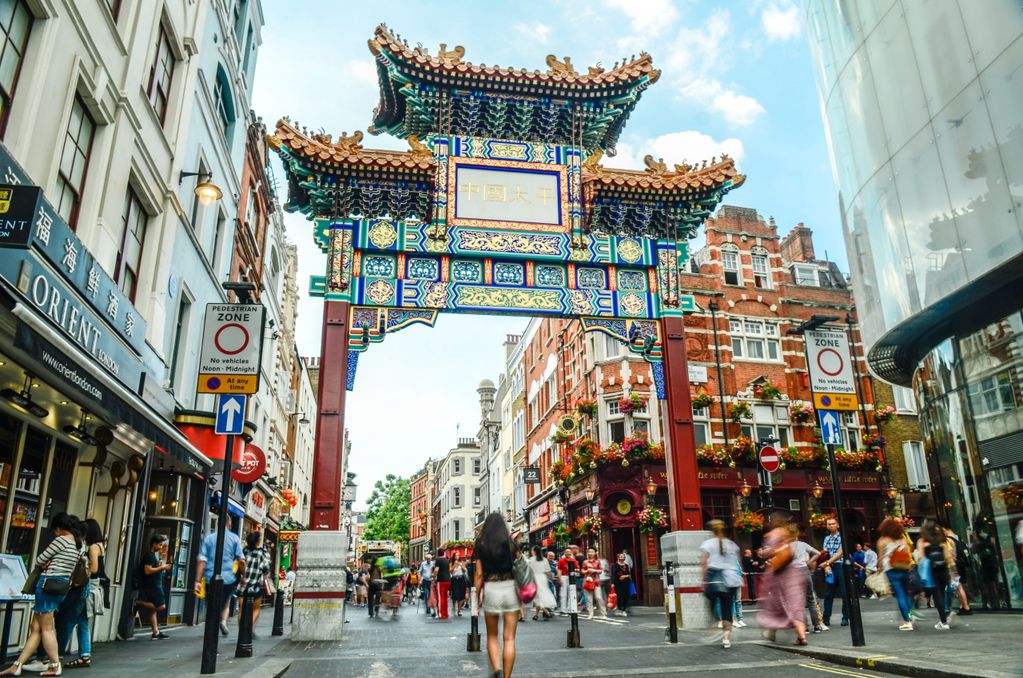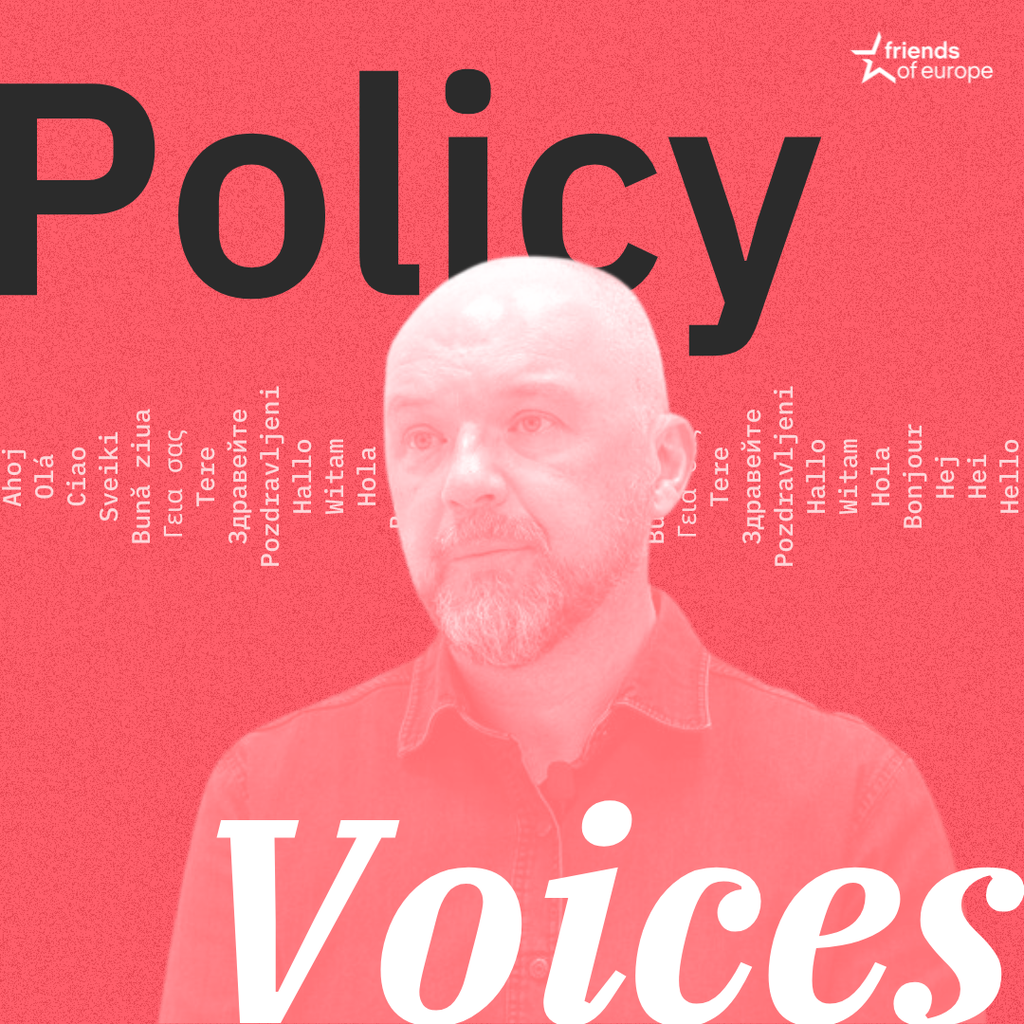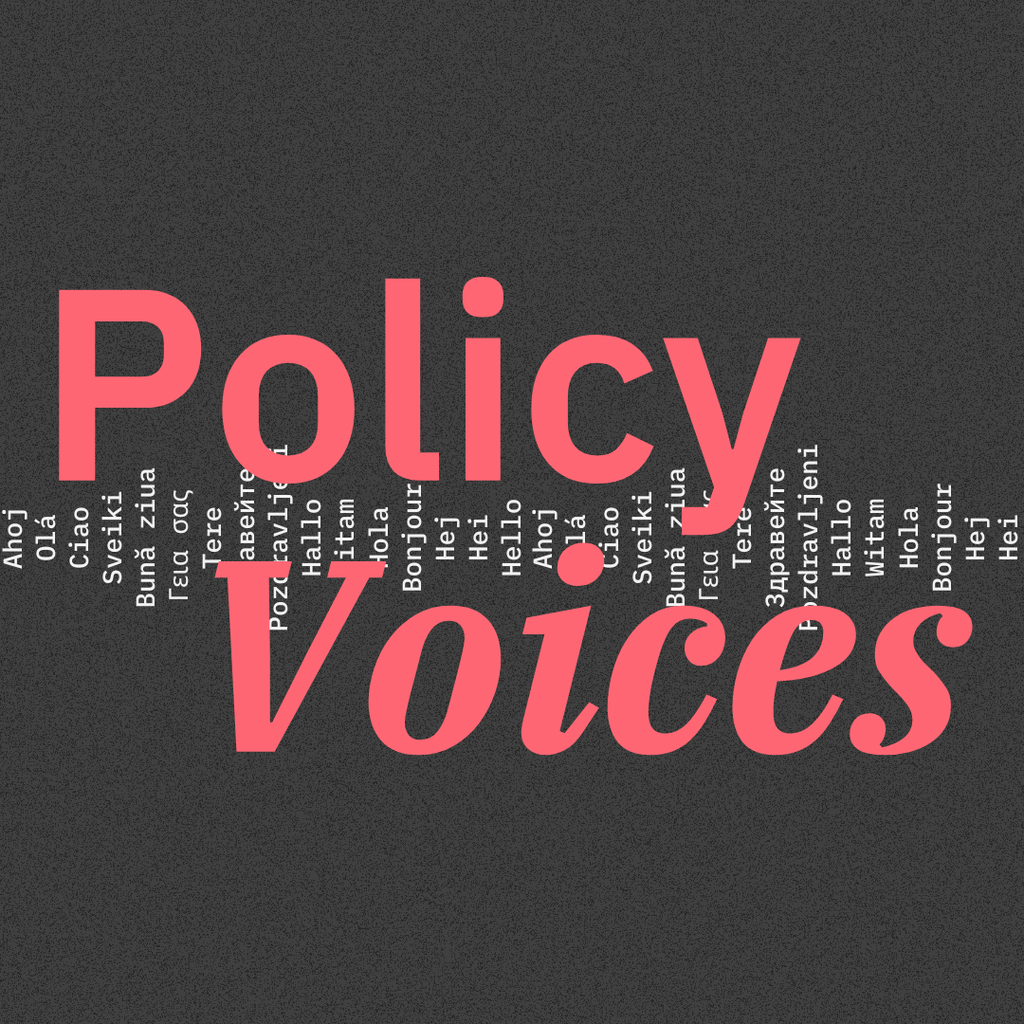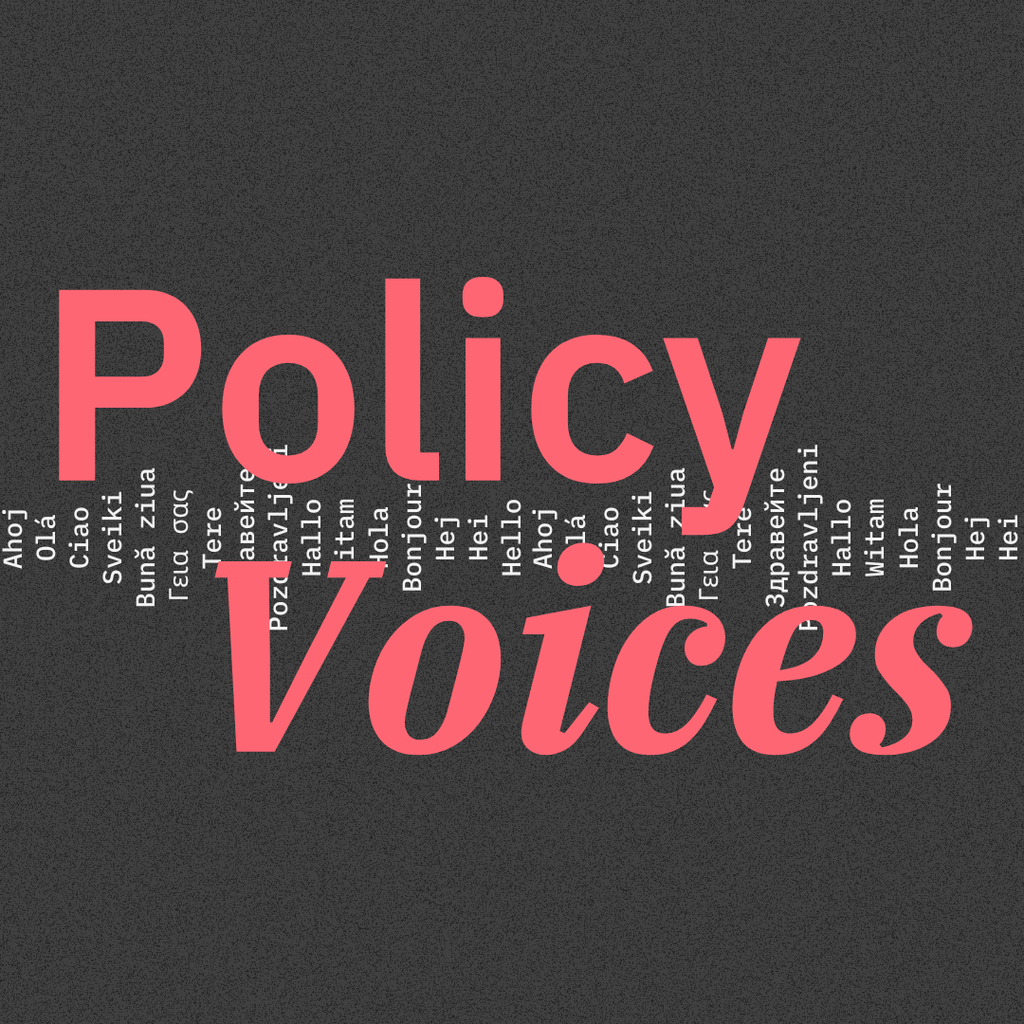Europe-China Forum
Next event In person & livestreamed

- Area of Expertise
- Global Europe

Prof. Dr. Jing Men is the Baillet Latour Chair of European Union - China Relations
Jing Men is InBev-Baillet Latour Chair of EU-China relations at the College of Europe
When China joined the World Trade Organisation (WTO) at the end of 2001, its Accession Protocol stated, though ambiguously, that China would be removed from the list of non-market-economy countries by the end of 2016. During those 15 years, China and other WTO members have been free to reach bilateral agreements so that market economy status (MES) could be granted early.
China has always been especially eager to get MES treatment from the EU, its largest trading partner. From 2002 to 2012, Wen Jiabao as the Chinese Premier pushed the EU with all available means to recognise China as a market economy, but failed. Facing heavy pressure from China in this period, the EU created five market-economy criteria and inspected the Chinese situation carefully, but the conclusion in 2008 was that China only met one of the five criteria. Nevertheless, the EU was still prepared to recognise China’s MES after the 15-year transitional period came to an end. The EU’s then trade commissioner Karel De Gucht said in a speech to the European Parliament in November 2013 that ‘in 2016, China will receive market economy status’.
A turning point has come in the last three years. Inspired by the US position, some of the EU’s lawyers started to pay more attention to the wording under Article 15 in China’s WTO Accession Protocol, and challenged the EU’s original automatic recognition at the end of 2016. In the meantime, fearing that MES treatment for China would make the EU’s trade tools less effective when dealing with anti-dumping cases targeted at Chinese imports, European manufacturers – steel producers in particular – launched powerful lobbying campaigns in Brussels as well as in member states. As a result, the current trade commissioner Cecilia Malmström has stated that there is ‘no automaticity’ in granting China MES this year.
The whole debacle demonstrates that the mutually-beneficial nature of Chinese trade relations is in doubt
The Chinese side has dropped its request for MES from the EU, but insists that the EU follow the WTO provisions and treat China as a normal country after 15 years of its accession. Its argument is that reform has been carried out for more than 35 years in China to great success. China is no longer, as some Europeans have accused, a planned economy; the market now plays an important role in stimulating Chinese economic growth. China also argues that when the European Commission calculates dumping margins against some of its trade to the EU, the analogue country is often the United States, which is unfair because China and the US are not at the same economic level and there is a big difference between the two countries’ production costs.
When dealing with China’s MES, the EU needs to take into consideration at least three pivotal questions. First, how should the EU revise its own legislation to avoid violating the provisions of the WTO? Of the four points under Article 15, point one’s second sub-section will definitely expire on 11th December. This will require adjustments to EU law, in particular Council Regulation No. 1225/2009, or Europe may risk conflicting with the WTO rule. But the problem is the difficulty of achieving a common position in the Council and the Parliament. As a matter of fact, it is not impossible to maintain trade defence measures against Chinese imports, including anti-subsidy and countervailing measures. Even if in anti-dumping investigations, where China is selected as the analogue country, the EU has the possibility of introducing higher import tax against those Chinese enterprises that dump in the European market by removing the ‘lesser duty rule’, but of course, this may need the approval of the legislative bodies first.
The EU must secondly consider how to balance different interest groups within Europe. In other words, not only the voices of stakeholders in the steel industry, but also those who benefit from free trade should be taken into account. It is of course not an easy task to deal with the different positions of member states, so it will be a big challenge for the EU to align the interests of transnational industrial sectors with those of the 28 member states.
A ‘no’ to China’s MES will most probably initiate a series of steps taken by Beijing to punish Brussels
Last but not least, how should the EU take care of its overall relationship with China? The decision taken by the EU will have a direct impact on EU-China relations at least in the short term. Although China has not specified its plan of revenge yet, a ‘no’ to China’s MES will most probably initiate a series of steps taken by Beijing to punish Brussels by, for example, withdrawing Chinese investment from the Juncker Plan, suspending the purchase agreement with Airbus, slowing down negotiations on the Bilateral Investment Agreement, dividing the EU by exploring bilateral cooperation projects with some member states that are more favourable to granting China MES.
No matter what decision the EU takes, and especially if no decision is reached by the time limit, the whole debacle demonstrates that the mutually-beneficial nature of Chinese trade relations is in doubt. Unfortunately for China, some economic problems have appeared with poor timing – signs of stagnation and its huge overcapacity for steel production have seriously lowered international optimism over the Chinese economy, which have worried Europeans about the possibility of increased trade disputes with China in the coming years. The common understanding of the EU-China relationship now tends to lean towards the view of a zero-sum game.
The EU needs to hurry up and form a policy as soon as possible, otherwise the WTO dispute mechanism may interfere when the deadline expires. But who knows, maybe a final WTO ruling is the best solution. In this way, the EU does not need to face what is probably ‘mission impossible’ for its institutions.
Next event In person & livestreamed

Past event

Past event Online

Past event IN PERSON & ONLINE





Stay informed
We use cookies and similar technologies to adjust your preferences, analyze traffic and measure the effectiveness of our campaigns. Learn more about our privacy policy.